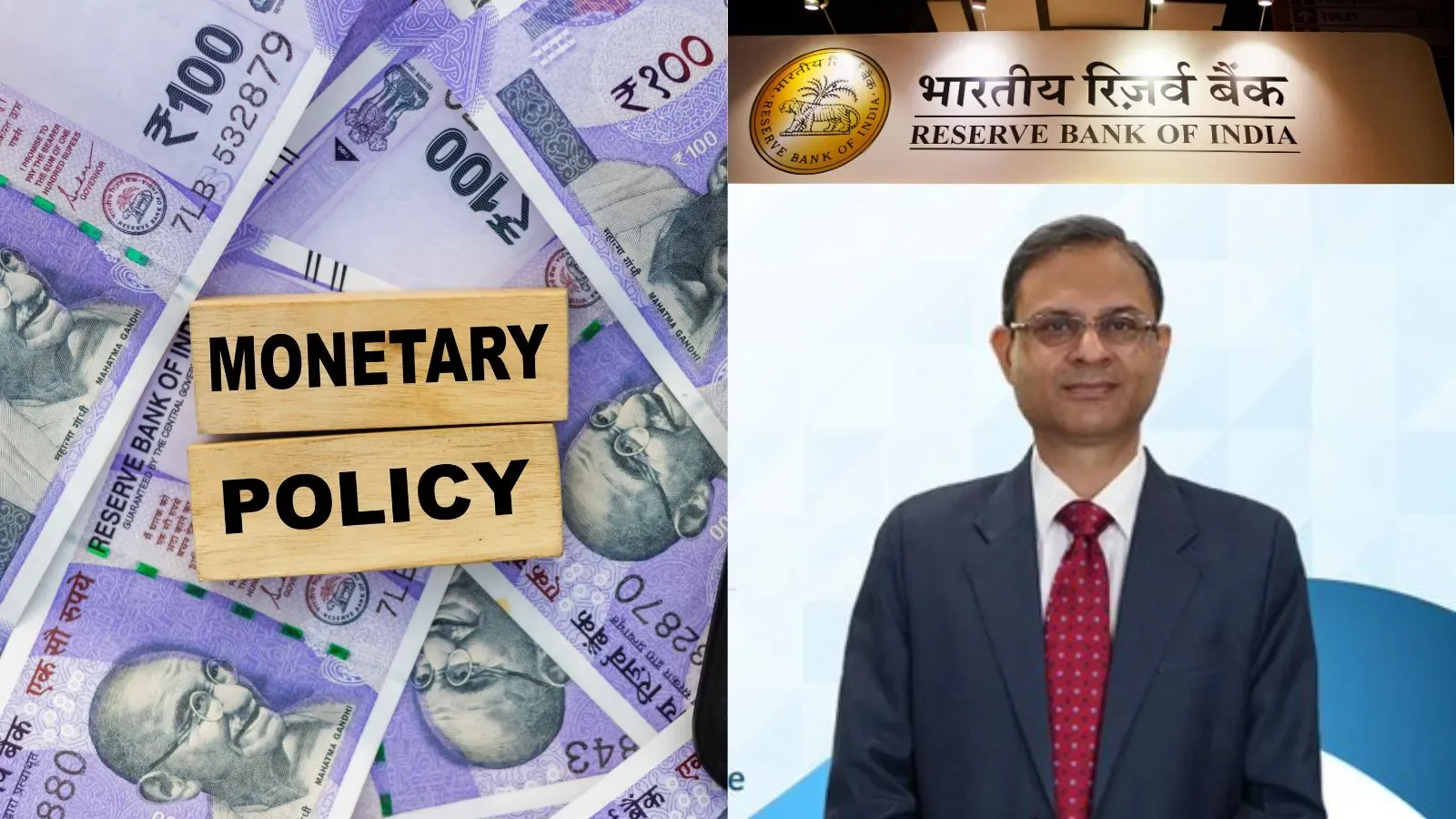Business News
Has India Inc’s profit engine stalled in Q2? Crisil report shows revenue up but margins squeezed
.png)
3 min read | Updated on October 23, 2025, 17:23 IST
SUMMARY
India Inc likely posted a modest 5–6% year-on-year revenue growth in the July–September quarter, supported by strength in automobiles, cement, and pharmaceuticals but dragged down by weak performances in power, coal, steel, and information technology, according to Crisil.

Despite a slight uptick in topline growth, overall profitability remained under pressure, with EBITDA margins estimated to have contracted 50–100 basis points due to rising input costs.
Indian companies likely posted modest revenue growth of 5% to 6% year-on-year in the July-September quarter, weighed down by weak performances in the power, coal, steel and information technology sectors, according to a report by ratings agency Crisil.
Crisil’s analysis of more than 600 listed companies, which together account for over half of the National Stock Exchange’s market capitalisation, showed that while overall growth was up about 100 basis points from the previous quarter, earnings before interest, tax, depreciation and amortisation (EBITDA) rose only 1% on-year.
EBITDA margins are estimated to have fallen 50-100 basis points as companies faced higher input costs in key segments such as automobiles, pharmaceuticals and aluminium, Crisil said.
Weakness in key sectors
Revenue growth in the IT services sector was likely restricted to about 1% due to deferred projects and persistent geopolitical uncertainties, the report said.
Steel makers saw muted 4% growth despite 9% higher volumes, hurt by a fall in domestic steel prices.
The power sector likely posted only 1% revenue growth, impacted by an above-average monsoon that boosted hydro generation and reduced demand for coal-based power. Coal sector revenue was expected to remain largely flat.
Autos, cement and pharma lead recovery
“The rationalisation of goods and services tax rates created anticipation of new stock with lower prices, causing a temporary disruption in segments such as passenger vehicles and fast-moving consumer goods (FMCG),” said Pushan Sharma, Director, Crisil Intelligence.
“However, the rural economy received a boost from a copious monsoon. Farmer sentiment also improved after the government announcement of higher minimum support prices for kharif crops. This drove up sales of tractors and two-wheelers, which likely contributed ~9% to the growth of the auto sector,” he added.
Revenue for tractor makers likely surged 36% on a 31% rise in volumes, while two-wheeler makers are estimated to have reported 9% growth.
The cement sector is expected to have rebounded with an 8% rise in revenue on the back of pre-festival demand, while pharmaceuticals likely grew 8% driven by robust export orders.
Telecom services revenue was seen rising 7% due to higher average revenue per user (ARPU) from costlier plans.
Margins under pressure
“The top seven sectors that together account for over half of India Inc’s revenues likely saw margins decline,” said Elizabeth Master, Associate Director, Crisil Market Intelligence and Analytics.
Automobile makers likely saw margin erosion of 150-200 basis points due to an 11% increase in aluminium prices, while aluminium producers’ margins fell 100-150 basis points on weaker export realisations.
Margins in the pharmaceutical sector are expected to have contracted 150-200 bps owing to pricing pressure on existing products, which faced higher competition in export markets compared with newly launched products.
On the other hand, margins in cement, steel and telecom services likely improved. Cement margins expanded 500-550 basis points on stable input costs, while steel margins rose 150-200 basis points due to lower coking coal prices. Telecom margins expanded 180-230 basis points on better network efficiency and reduced operating expenses.
By signing up you agree to Upstox’s Terms & Conditions
About The Author
Next Story

